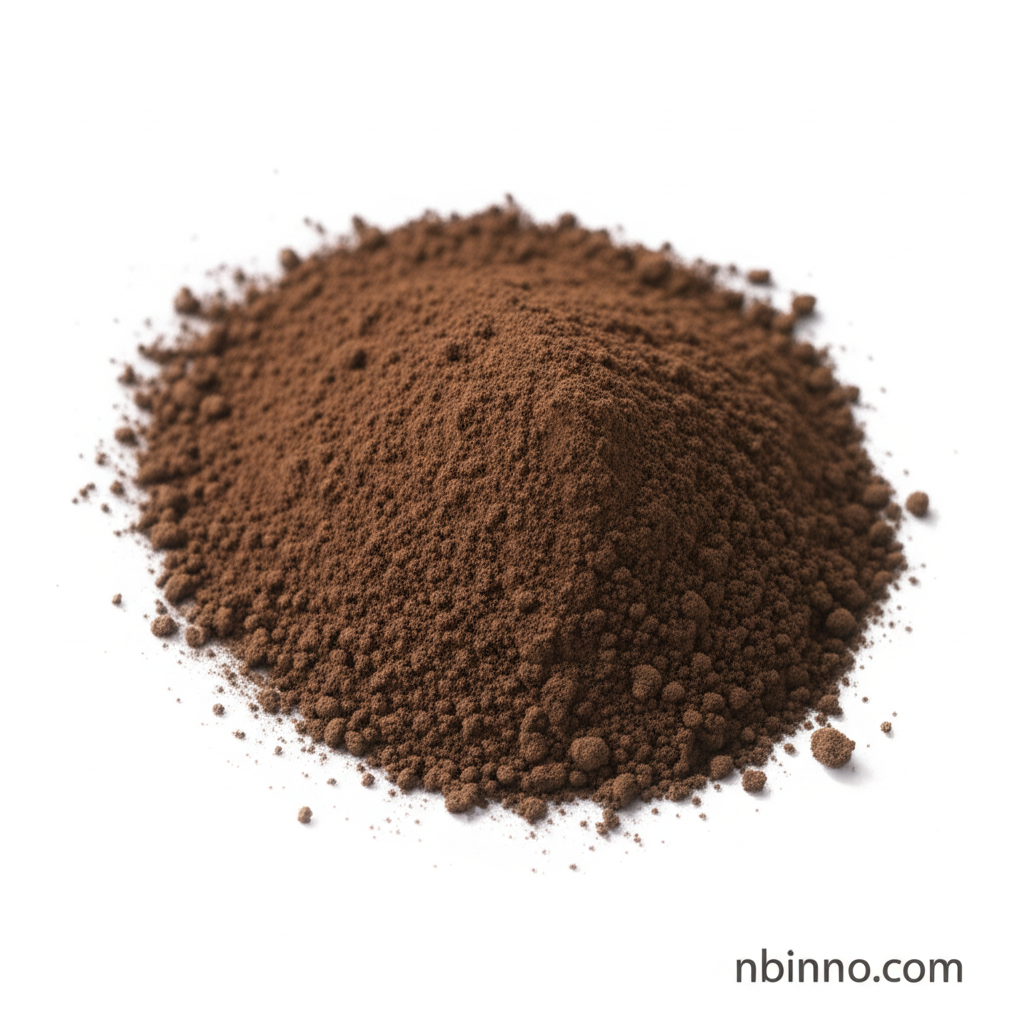Discover 2,4,5-Trimethylaniline (CAS 137-17-7): Properties, Applications, and Safety
Explore the essential details of 2,4,5-Trimethylaniline, a key compound in chemical synthesis and research.
Get a Quote & SampleProduct Core Value

2,4,5-Trimethylaniline
Understanding the properties of 2,4,5-Trimethylaniline (CAS 137-17-7) is crucial for its effective use in various chemical processes. As a fine chemical, its specific characteristics make it valuable in synthesis.
- Explore the detailed 2,4,5-Trimethylaniline chemical properties, including its melting point and density, to ensure proper handling and application in your research.
- Learn about Pseudocumidine, another name for this compound, and its role as a building block in organic synthesis.
- Investigate the significance of compounds like 2,4,5-Trimethylaniline CAS 137-17-7 in the field of pharmaceutical intermediate synthesis.
- Discover the availability of 2,4,5-Trimethylaniline manufacturers and suppliers for reliable sourcing.
Key Advantages
Chemical Purity and Specification
Ensuring the required purity for 2,4,5-Trimethylaniline is vital, impacting the success of downstream reactions and the quality of the final products. We focus on meeting stringent specifications.
Versatile Chemical Building Block
The unique structure of 2,4,5-Trimethylaniline makes it a versatile building block for synthesizing more complex molecules, offering diverse applications in chemistry.
Reliable Sourcing for Research
Accessing critical chemicals like those with specific CAS numbers, such as 137-17-7, from reputable 2,4,5-Trimethylaniline manufacturers is key for consistent research outcomes.
Key Applications
Pharmaceutical Intermediates
The role of 2,4,5-Trimethylaniline as a pharmaceutical intermediate highlights its importance in the synthesis of active pharmaceutical ingredients (APIs).
Fine Chemical Synthesis
As a fine chemical, this compound contributes to the development of specialized chemicals, supporting innovation across various industrial sectors.
Organic Synthesis Research
Researchers often utilize compounds like 2,4,5-Trimethylaniline in organic synthesis to explore new reaction pathways and molecular structures.
Analytical Standards
Its well-defined properties make 2,4,5-Trimethylaniline a candidate for use in analytical chemistry as a reference standard.
